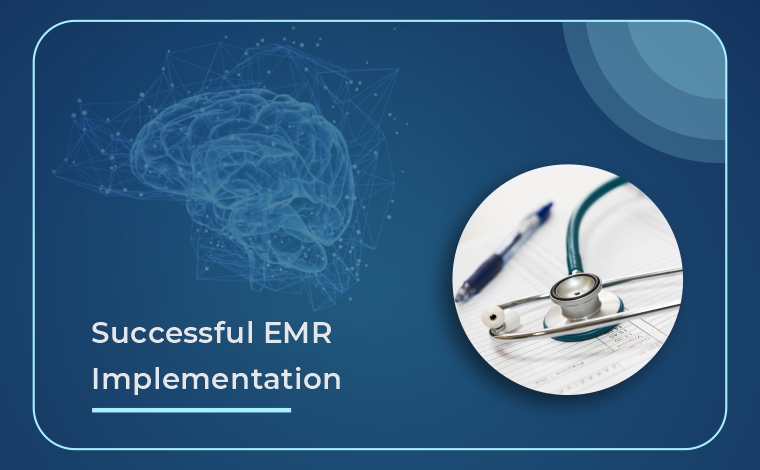
An Electronic Medical Records (EMR) may be a digital version of all the data you’d typically find in an exceedingly provider’s paper chart: anamnesis, diagnoses, medications, immunization dates, allergies, lab results, and doctor’s notes. Electronic Medical records (EMR) are online medical records of the quality medical and clinical data from one provider’s office, mostly utilized by providers for diagnosis and treatment.
Comprehensive and accurate documentation of a patient’s medical record, tests, diagnosis, and treatment in Electronic Medical records (EMR) ensures appropriate care throughout the provider’s clinic.
Electronic Medical records (EMR) are over just a replacement for paper records. They effectively allow communication and coordination among members of a healthcare team for optimal patient care. Its natural evolution began within the 1960s once we began to determine “problem-oriented” medical records (like we understand them today) rather than just the diagnosis and treatment a doctor provided. This was the primary time that third-party facilities were able to verify the diagnosis independently. Of course, “you cannot implement the system to fulfill 100% of every individual’s needs, but neither can you implement during a generic manner and assume that everybody will adjust”. But it’s important to work out which aspects is adapted to figure on a personal basis and which aspects can work across a wider spectrum. Securing the opinions and suggestions of the staff – likewise as their cooperation and commitment – are crucial to creating sure the Electronic Health Records (EHR) will work for everybody.
Gather input from stakeholders to pinpoint ways the Electronic Health Records (EHR) could fail and use that knowledge to see what it’ll see the Electronic Health Records (EHR) to achieve success. “Remember that you just are handling huge amounts of knowledge. Make sure to permit for enough storage and fast enough computers to access the info quickly,” said Delany and Nelson. “Train for each step of the method and do several short training sessions,” advised Delany and Nelson. They also stressed that beginning with the fundamentals is very important and following a planned-out procedure to ensure the accuracy and efficiency of implementation.
Practices and hospitals have very different requirements for Electronic Health Records (EHR). Delany and Nelson noted that “processes that bring success to hospitals might create failure in medical practices.” Redundant data entry must be minimized. “Patient demographics, as an example, must be input at whatever point the patient enters the system, but those demographics must be available throughout all modules and interfaces,” said Delany and Nelson. Get assistance from someone who has experience in successfully implementing Electronic Health Records (EHR) systems. Someone who “intimately knows the fundamental workflow of a practice or hospital, and is known within the details of the Electronic Health Records (EHR) can make the difference in success or failure,” Delany and Nelson concluded.
Save space by eliminating paper records wanting to be stored, managed, and retrieved. Optimize workflow and increased the number of patients served per day. Reduce administrative difficulties and operational costs. Interface easily with hospitals, pharmacies, labs, and state health systems. Customizable and scalable electronic records. Gather and analyze patient data that permits outreach to discreet populations. Provide clinical alerts and reminders, improve documentation and coding.
